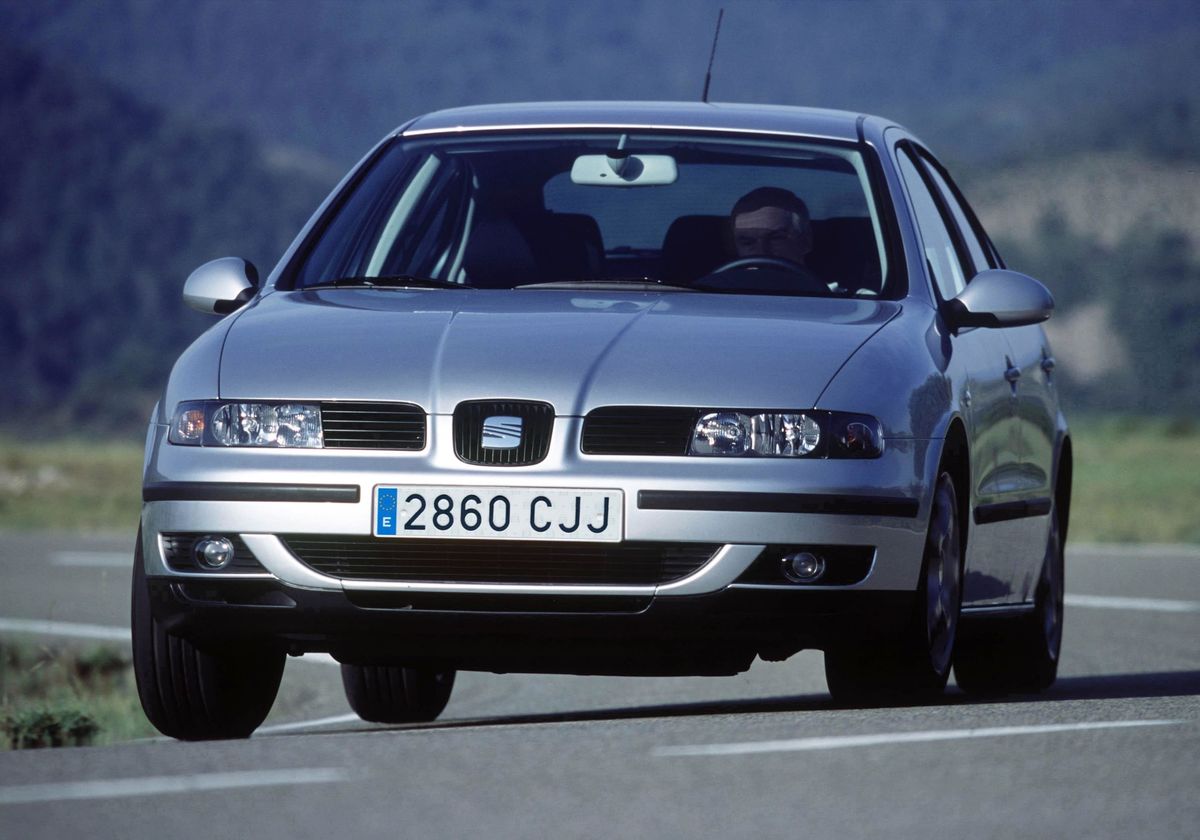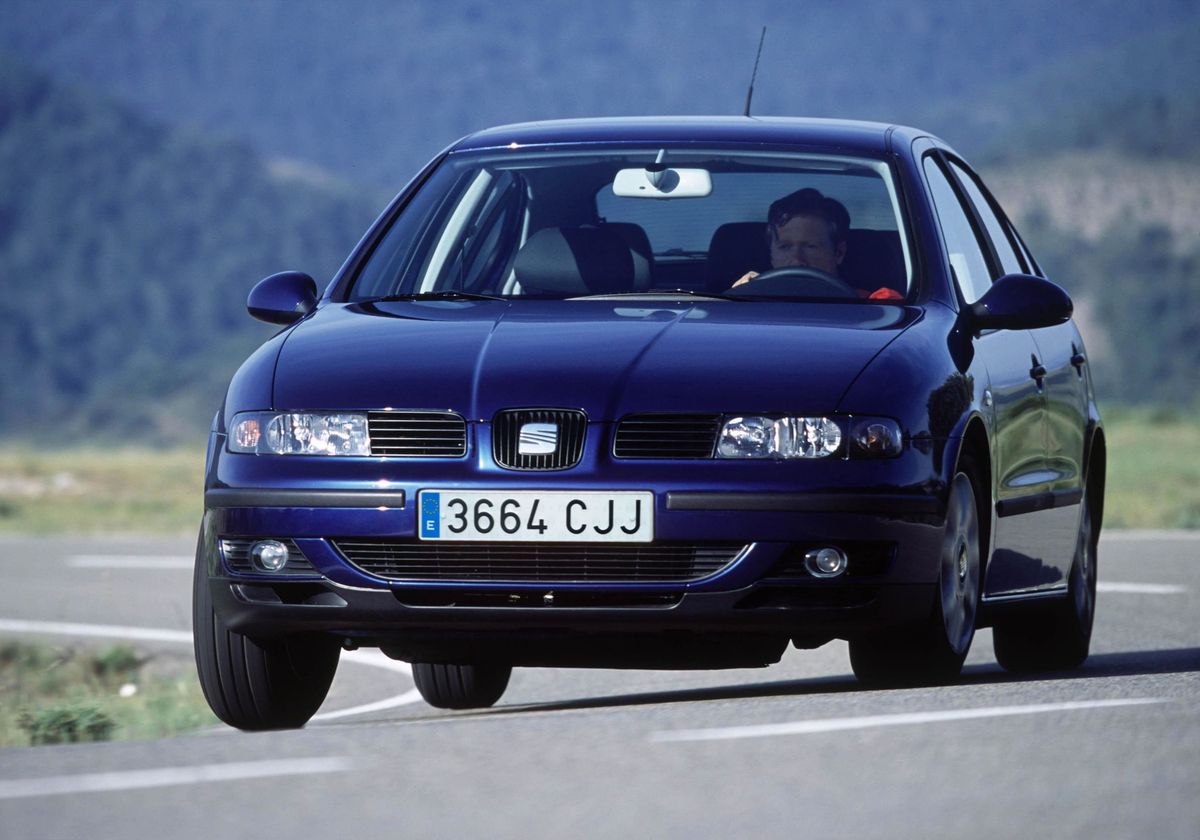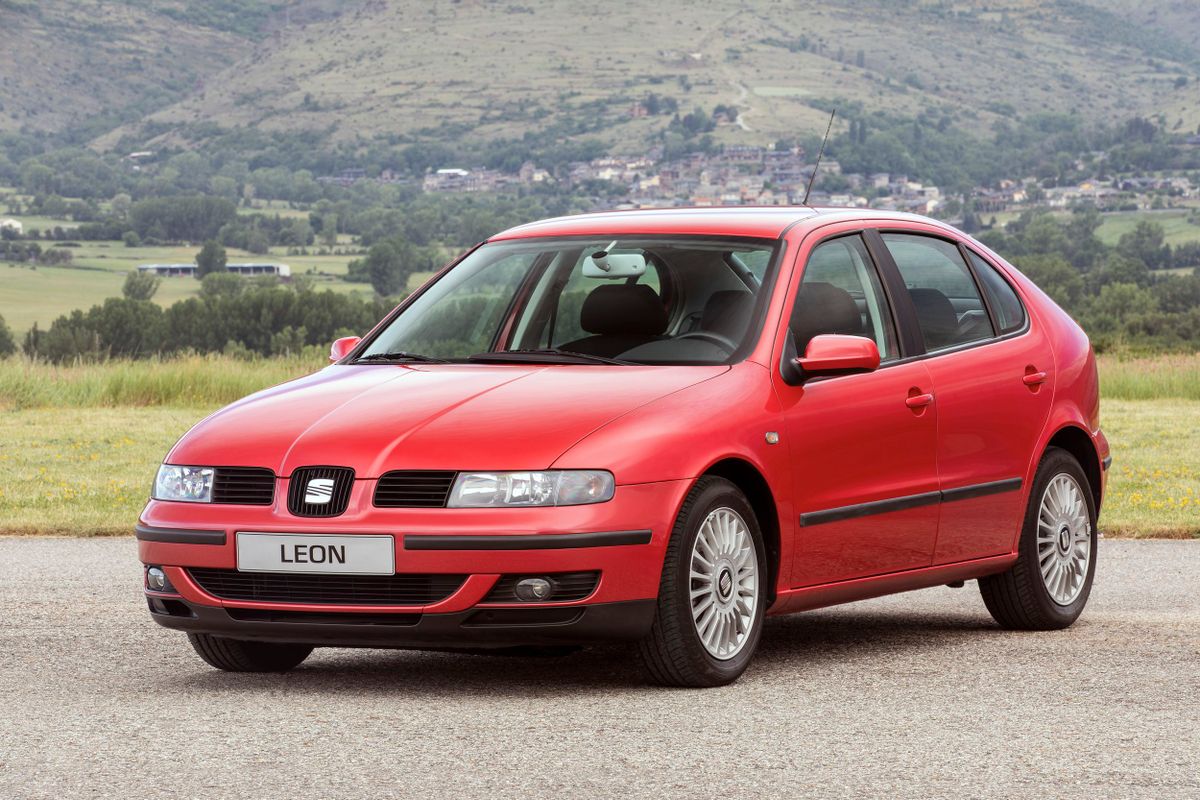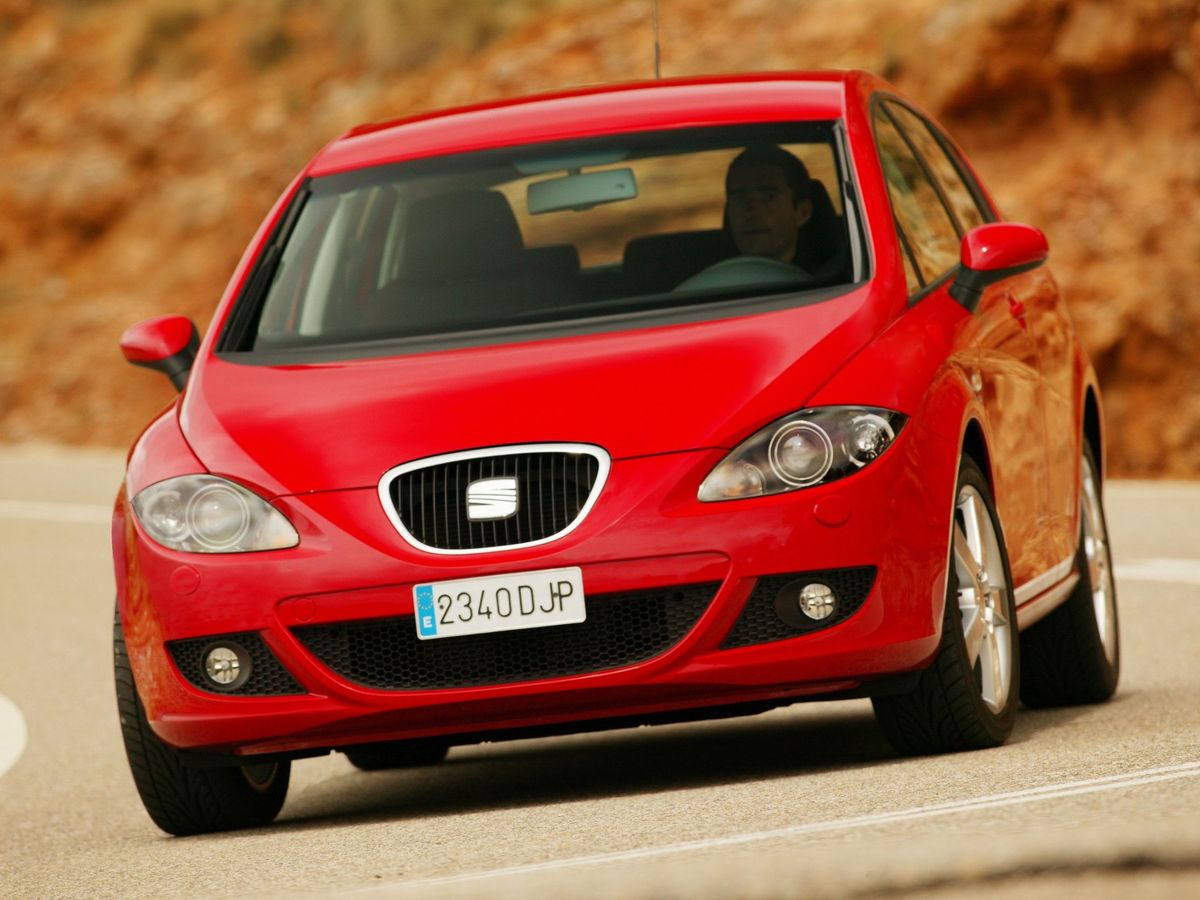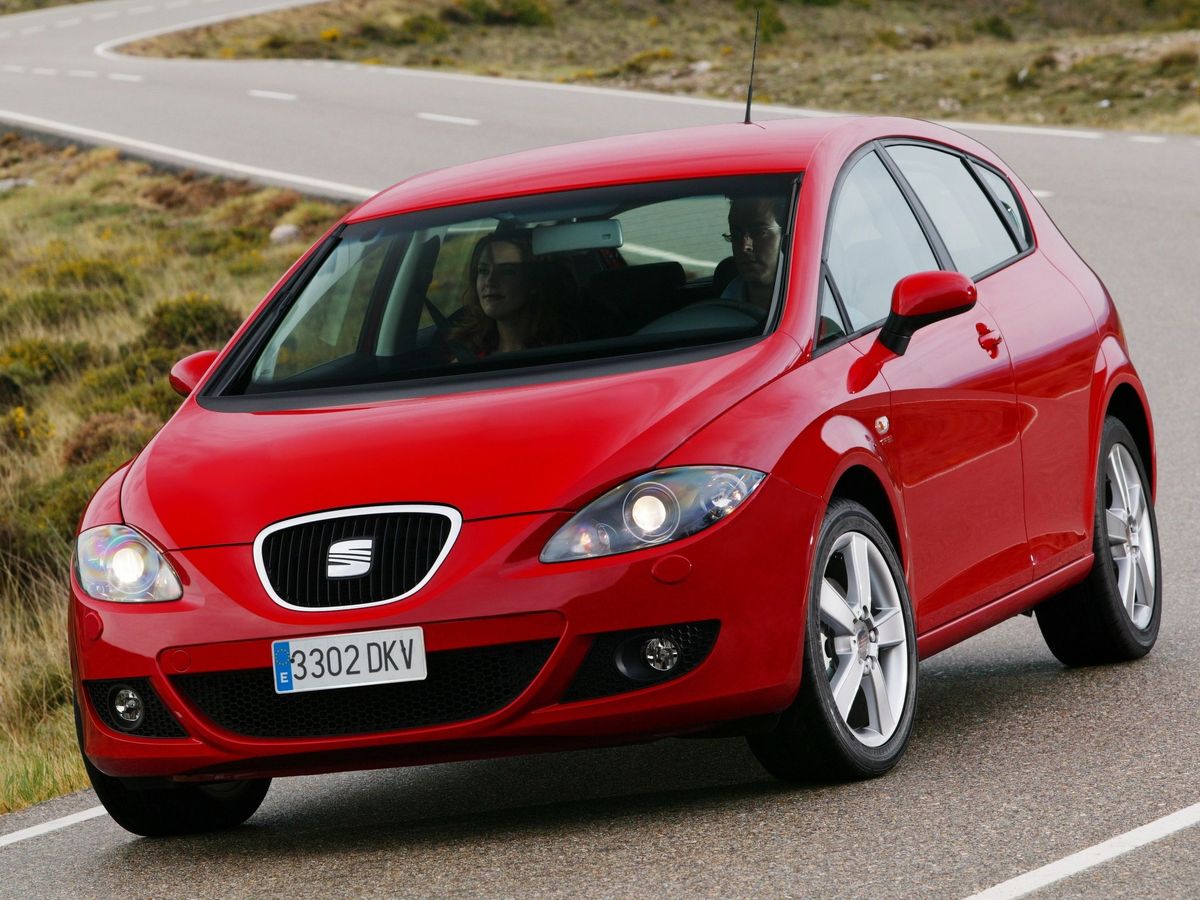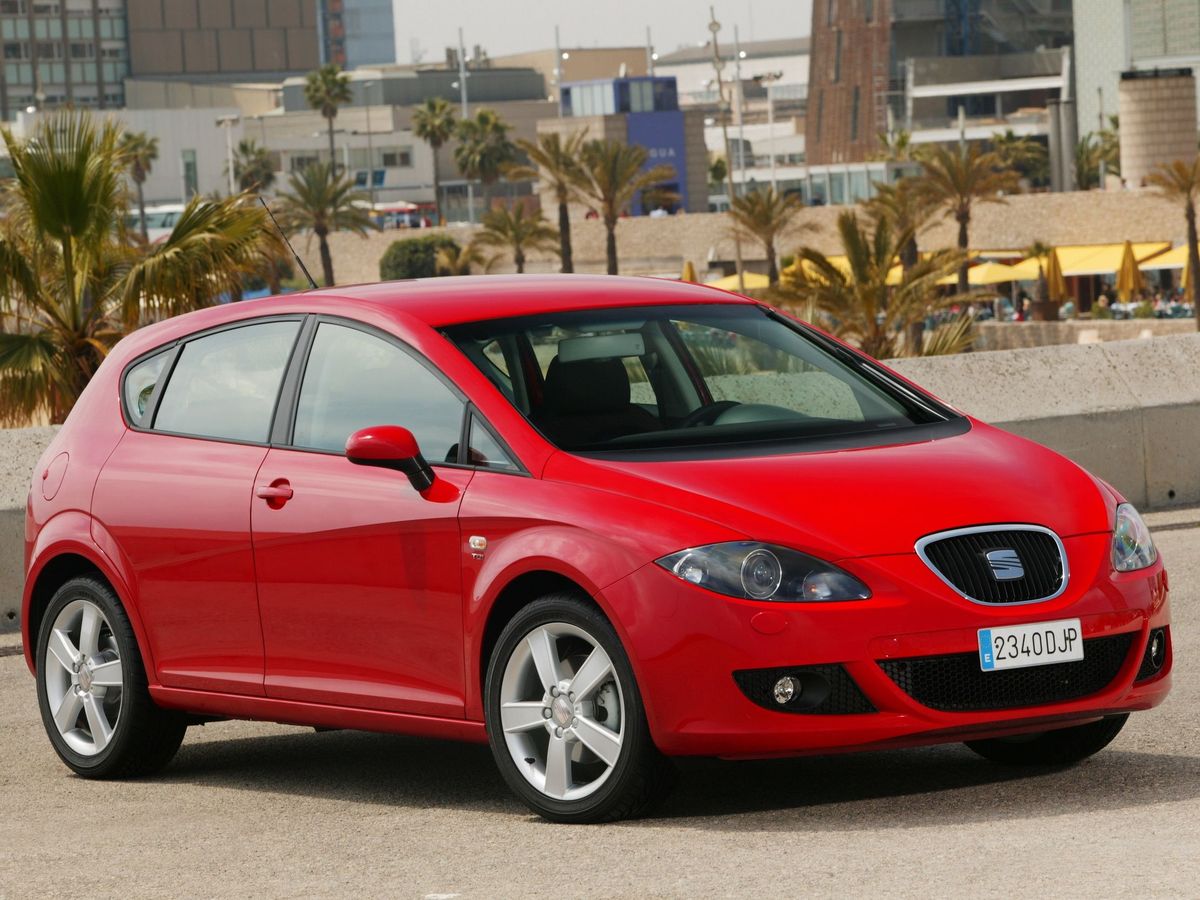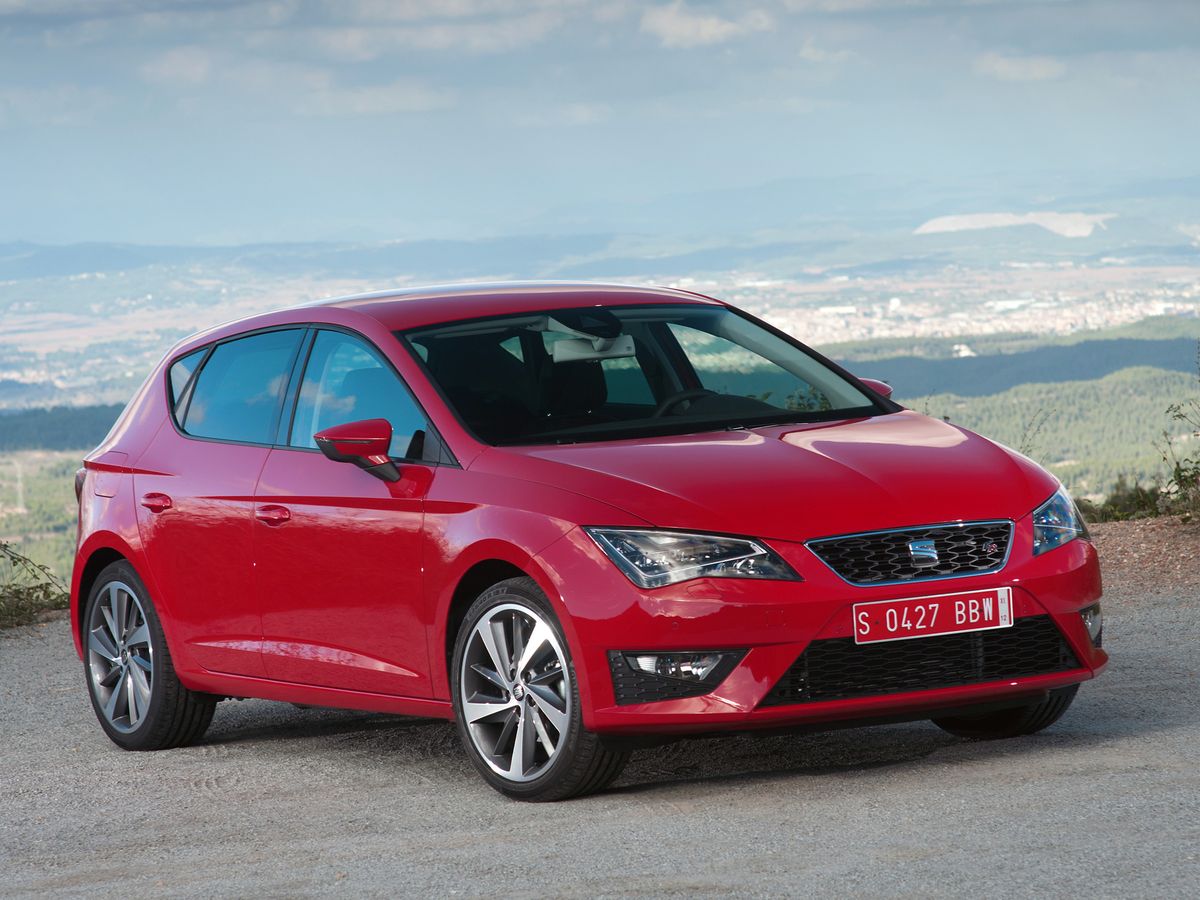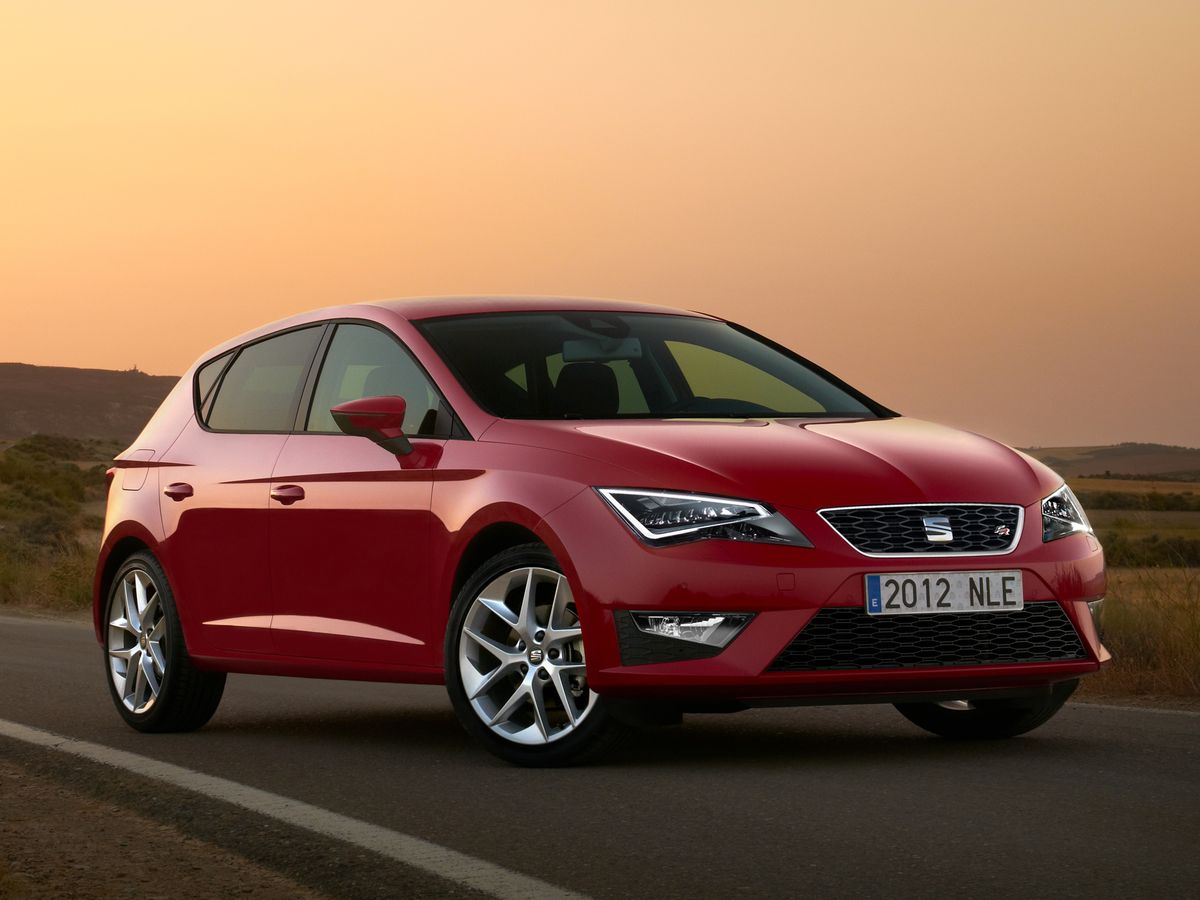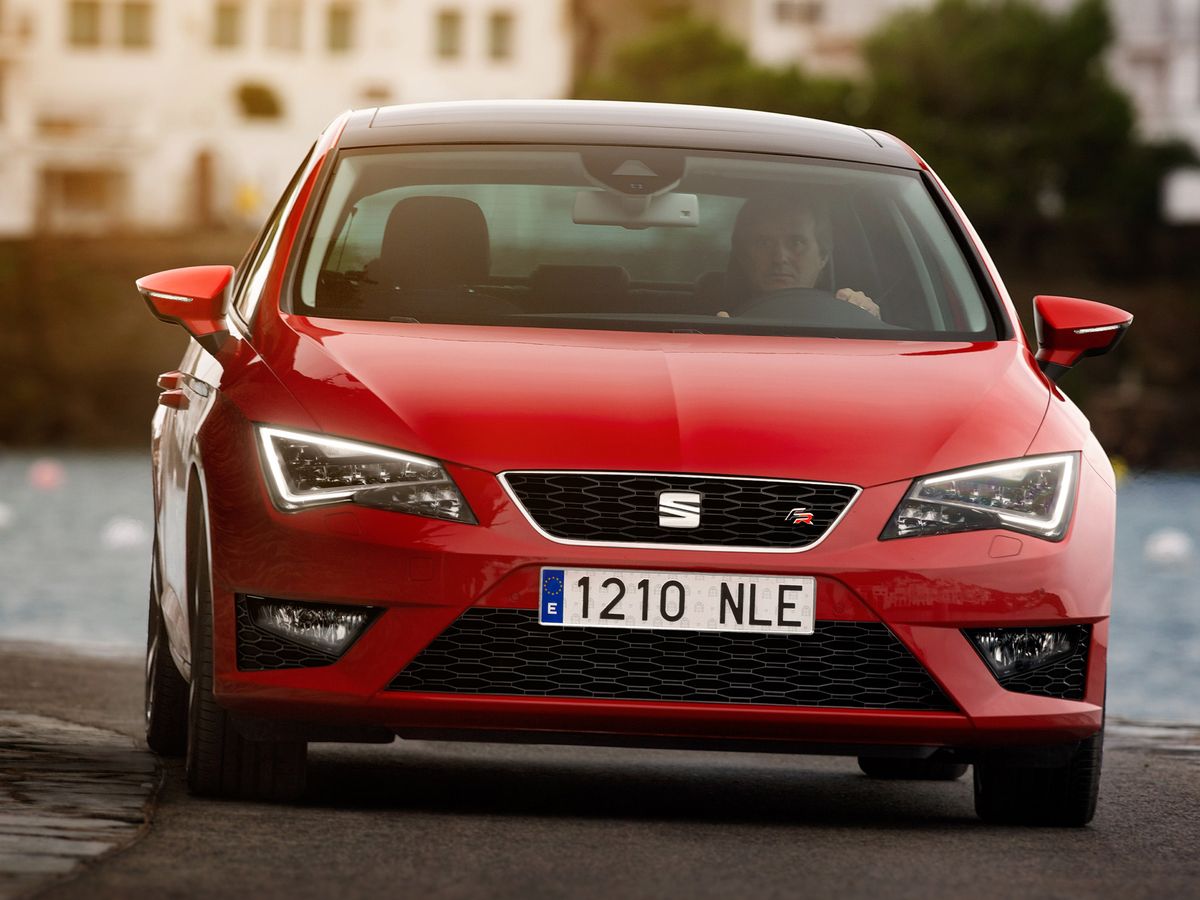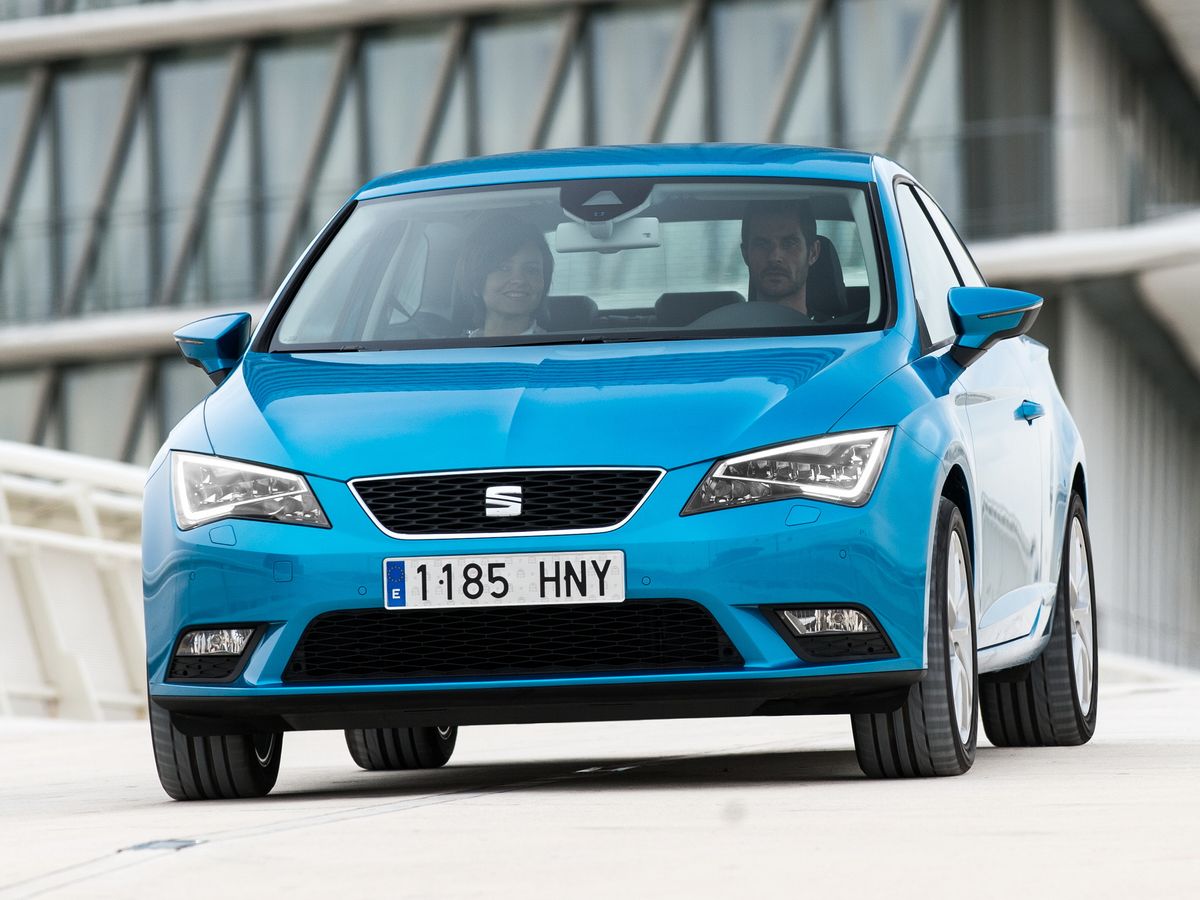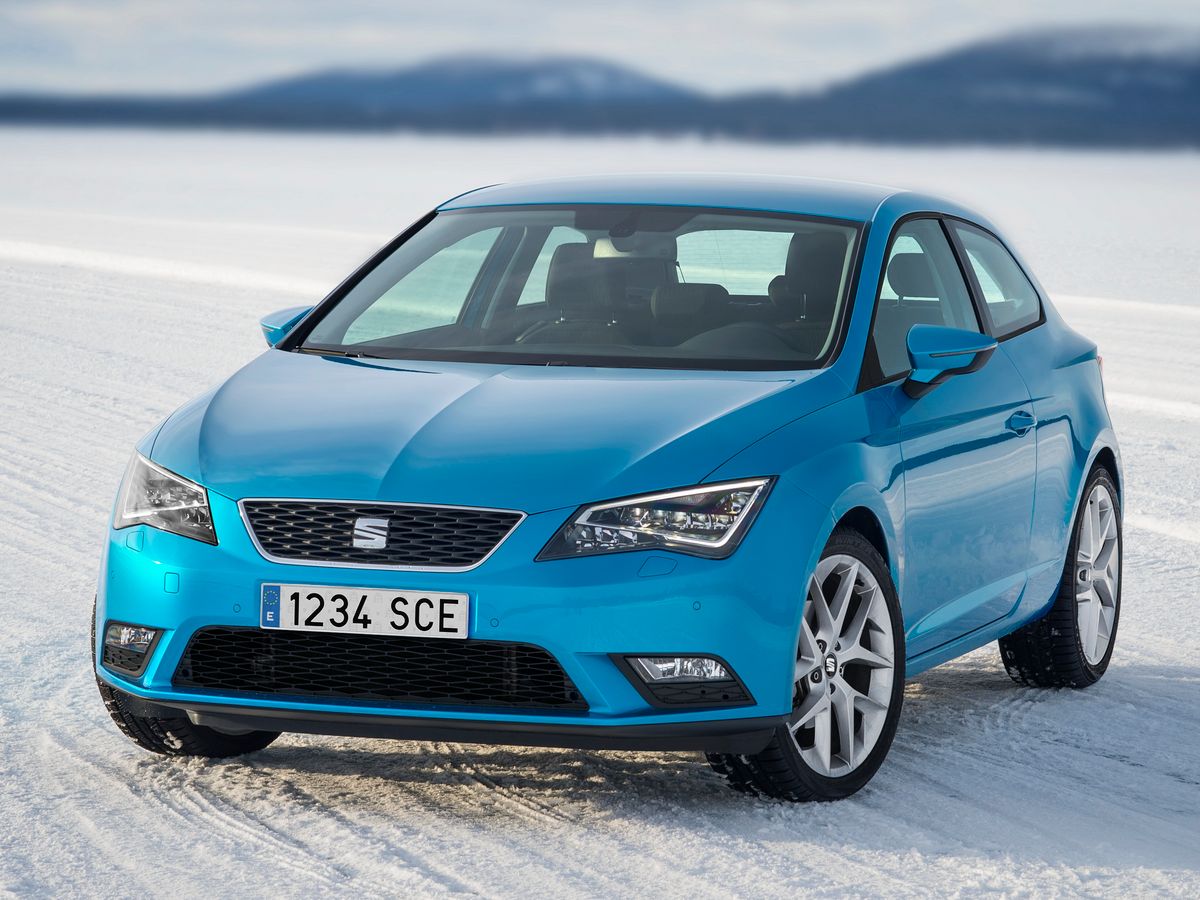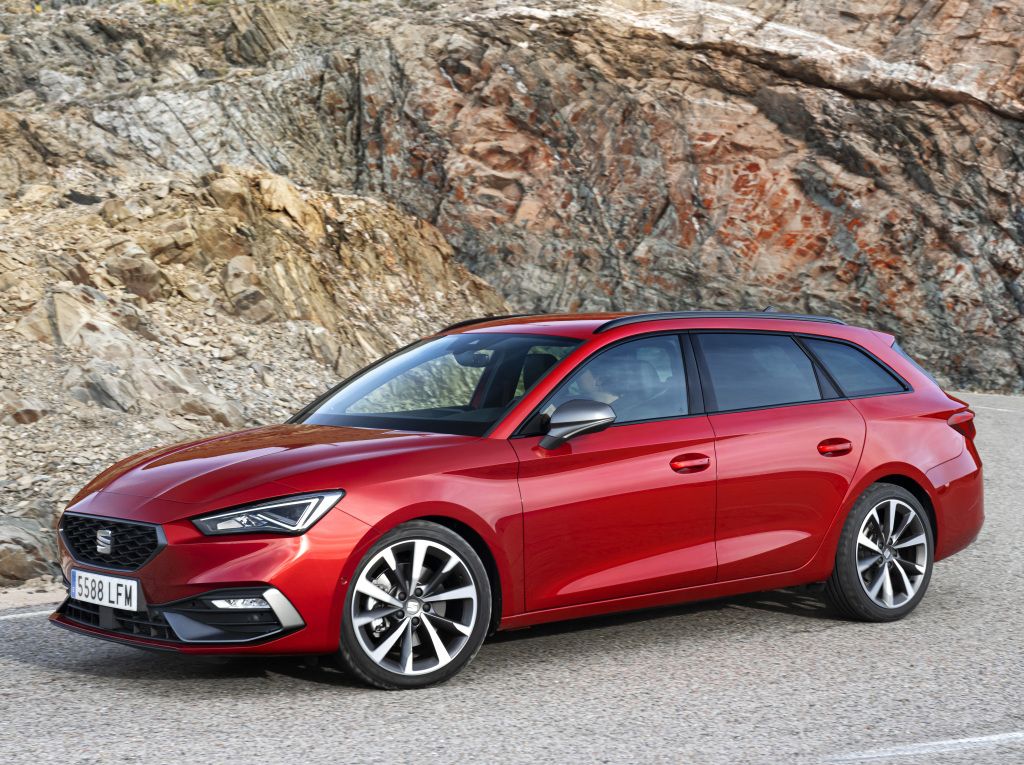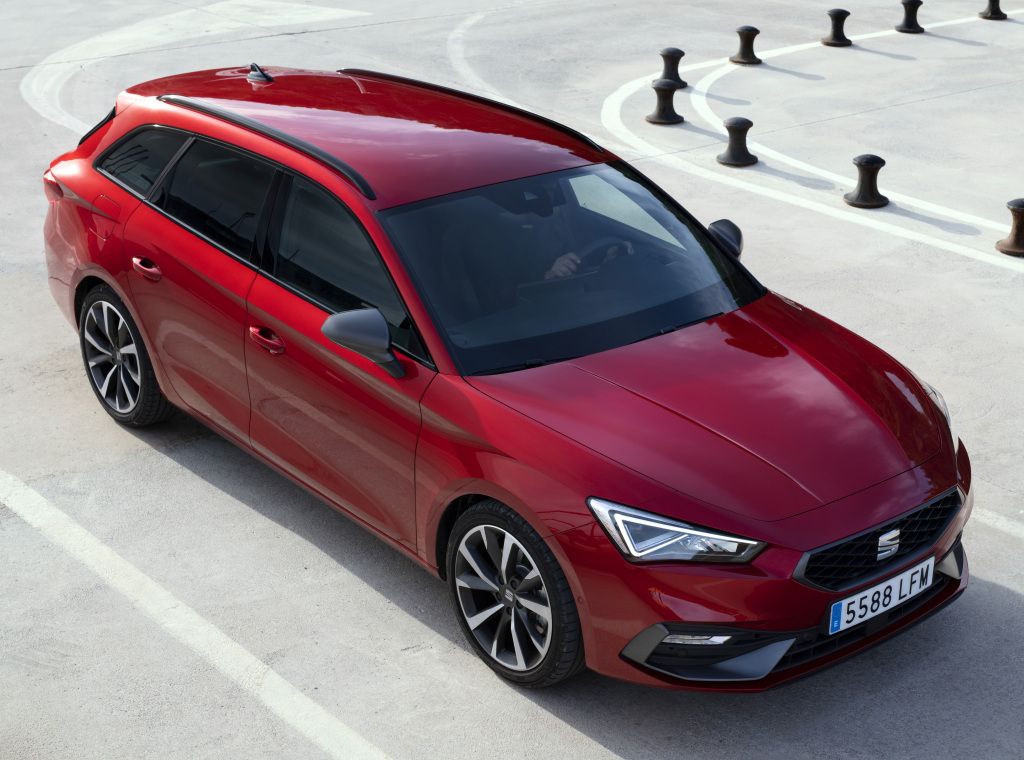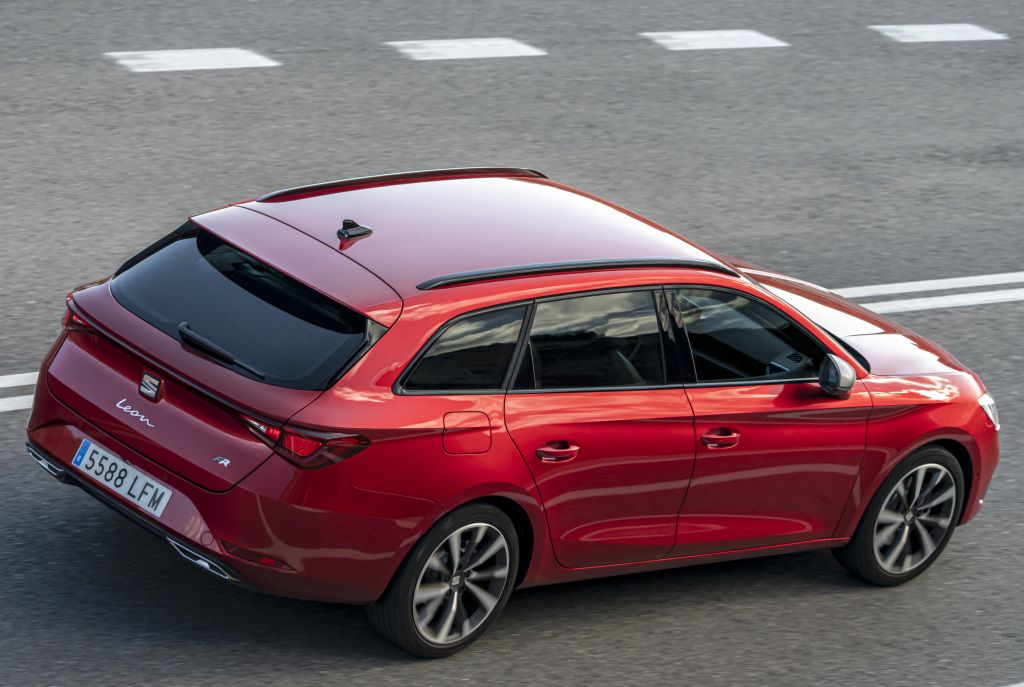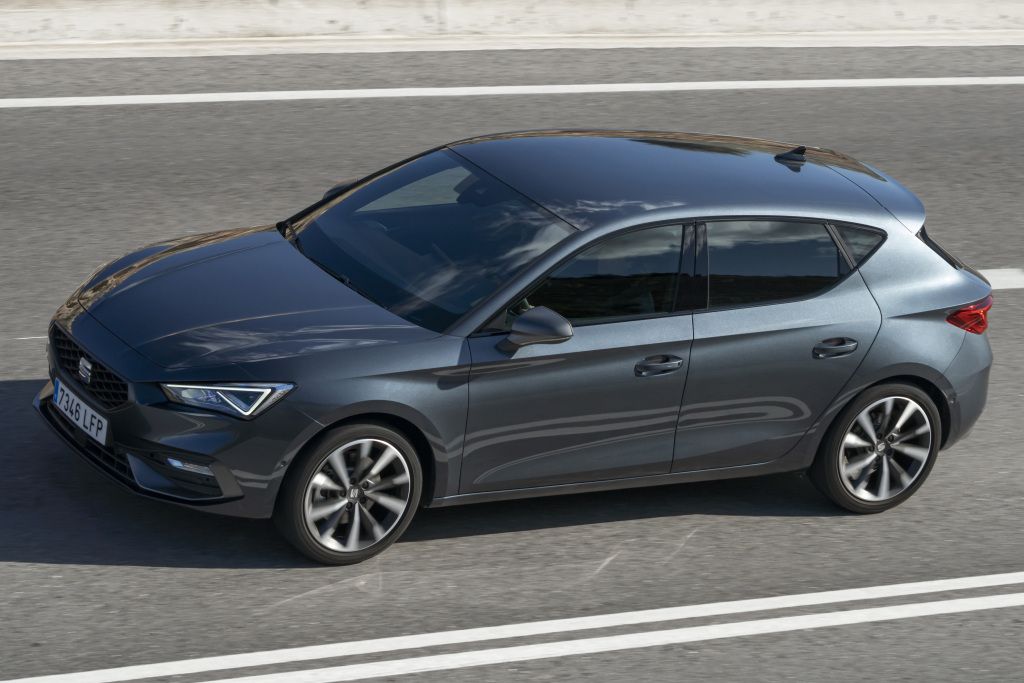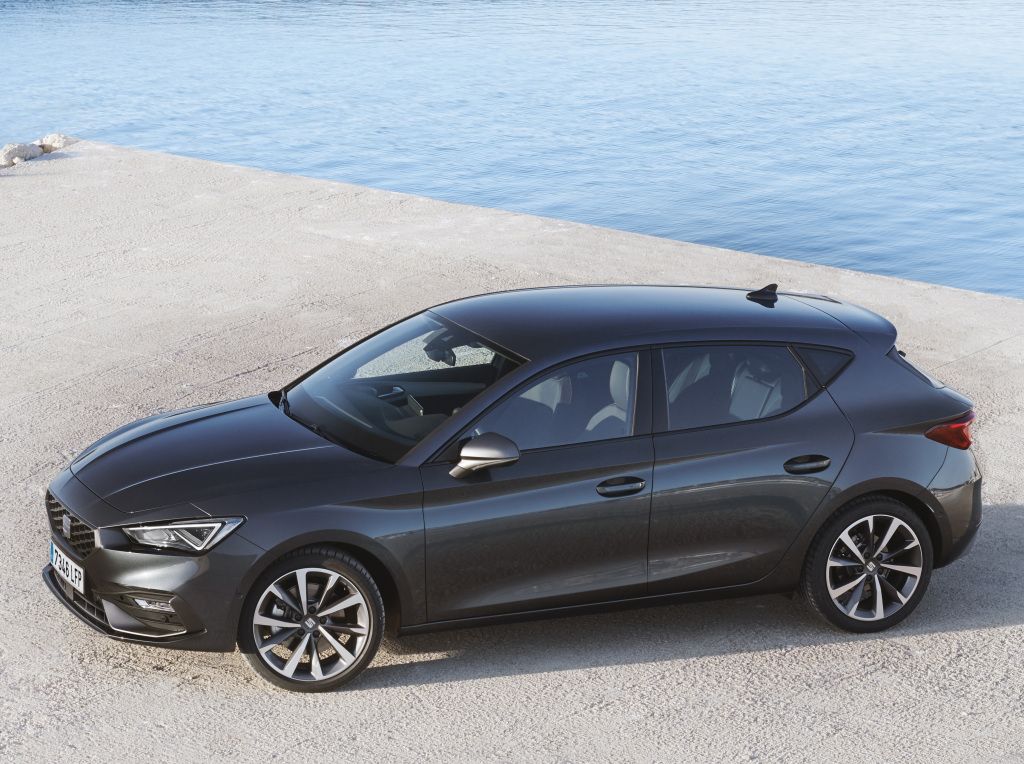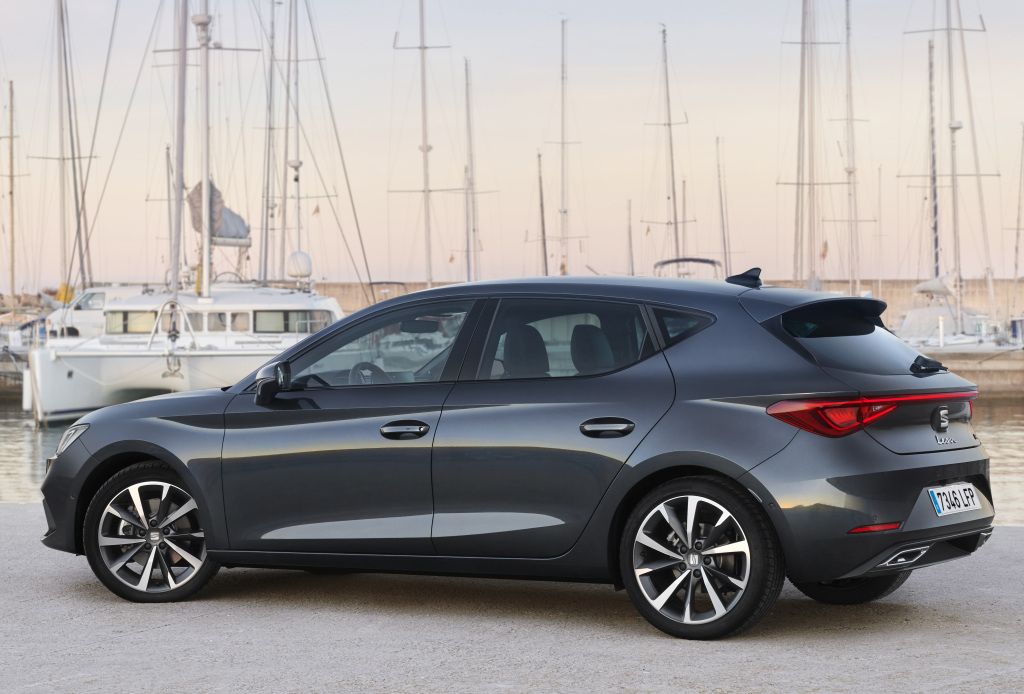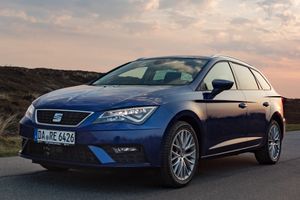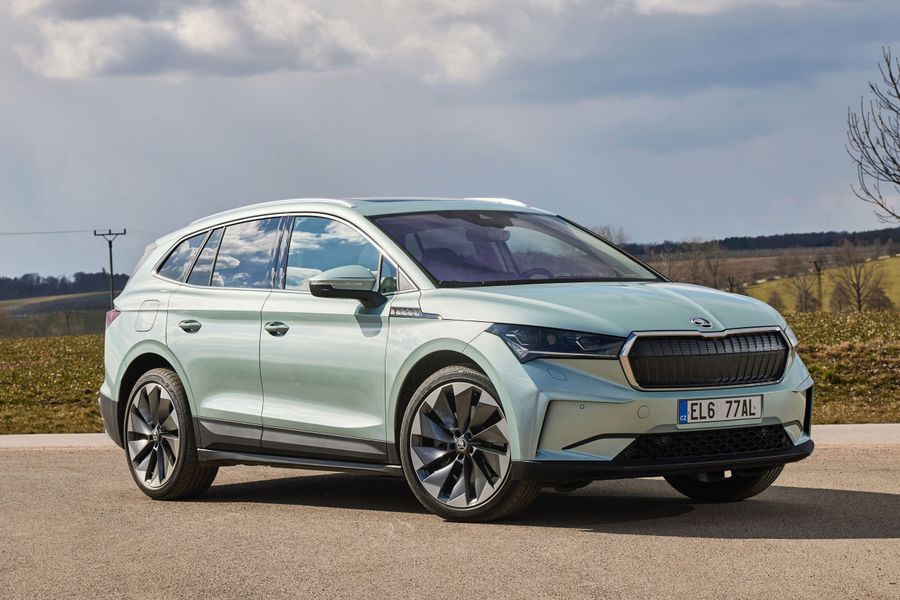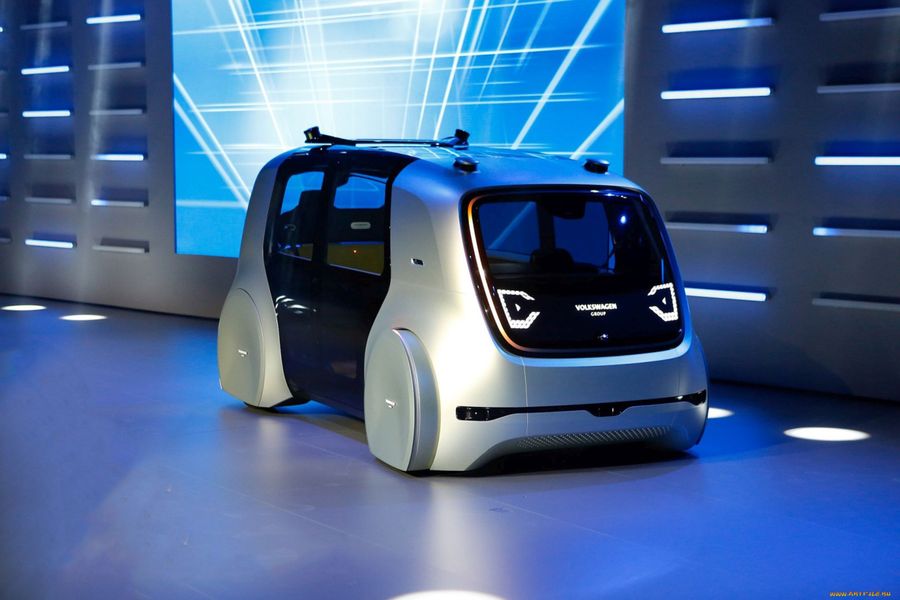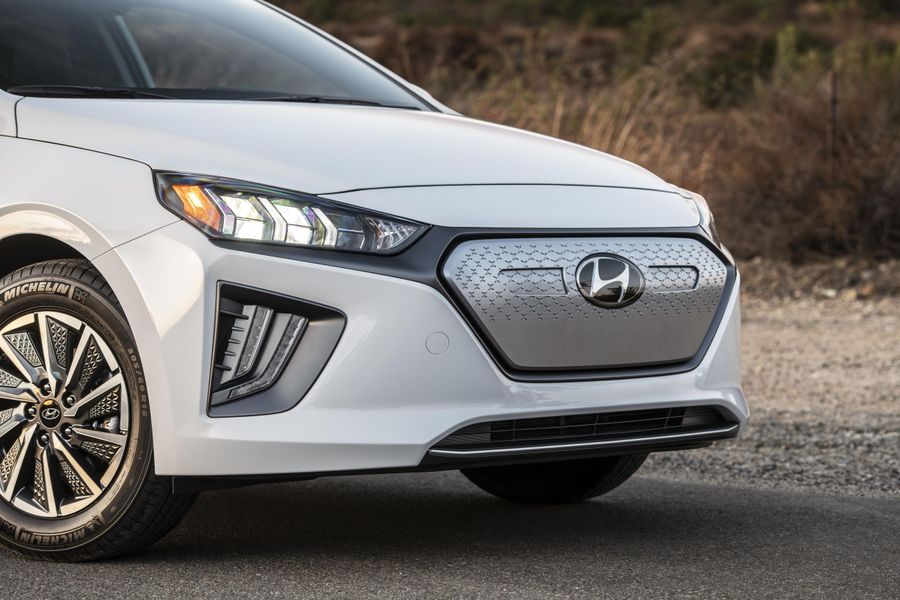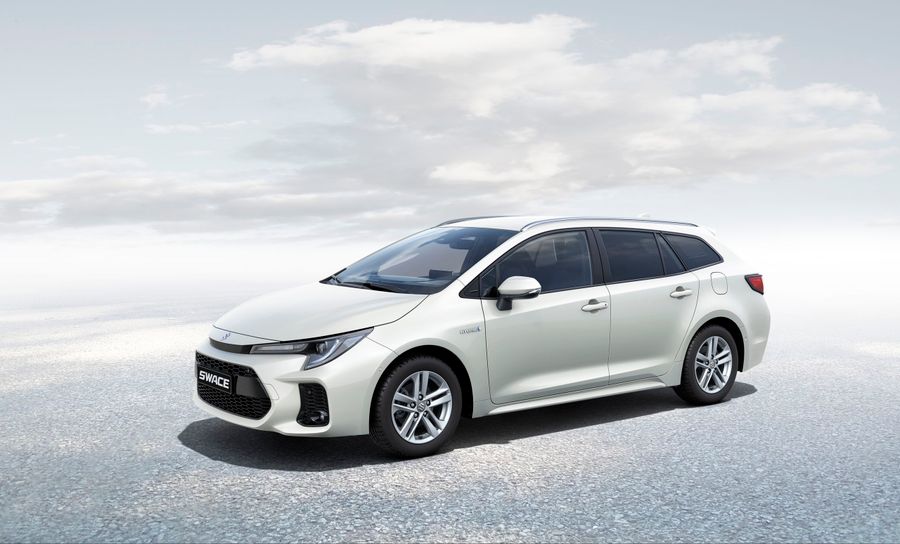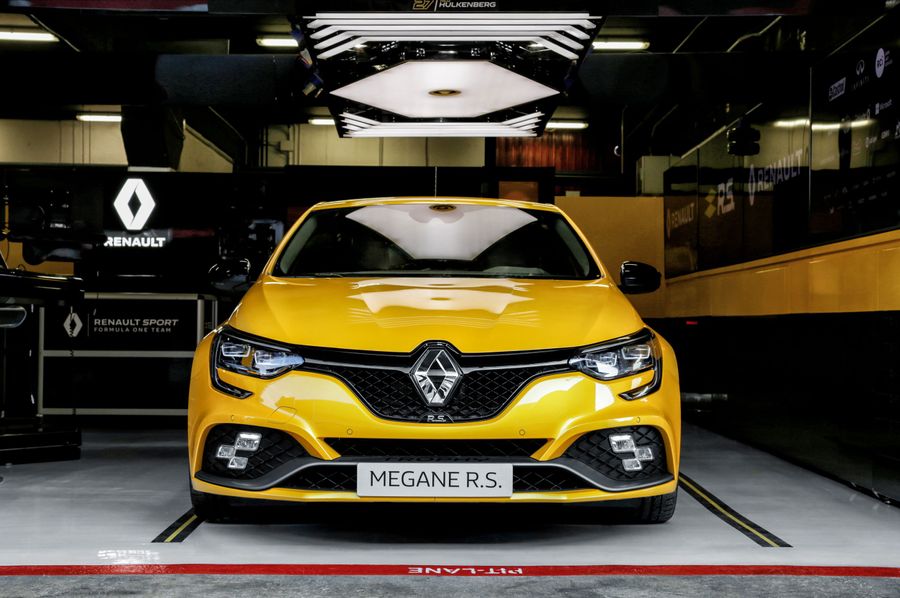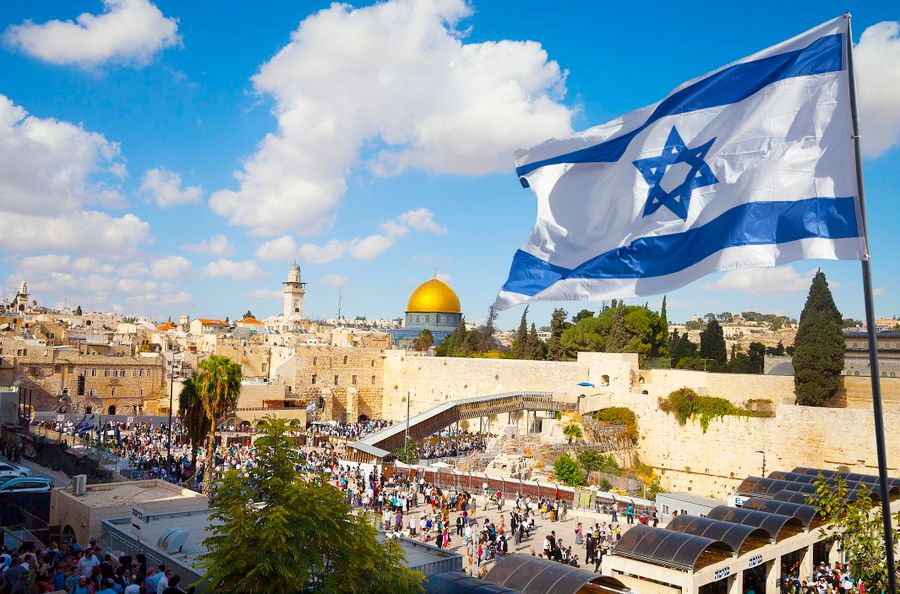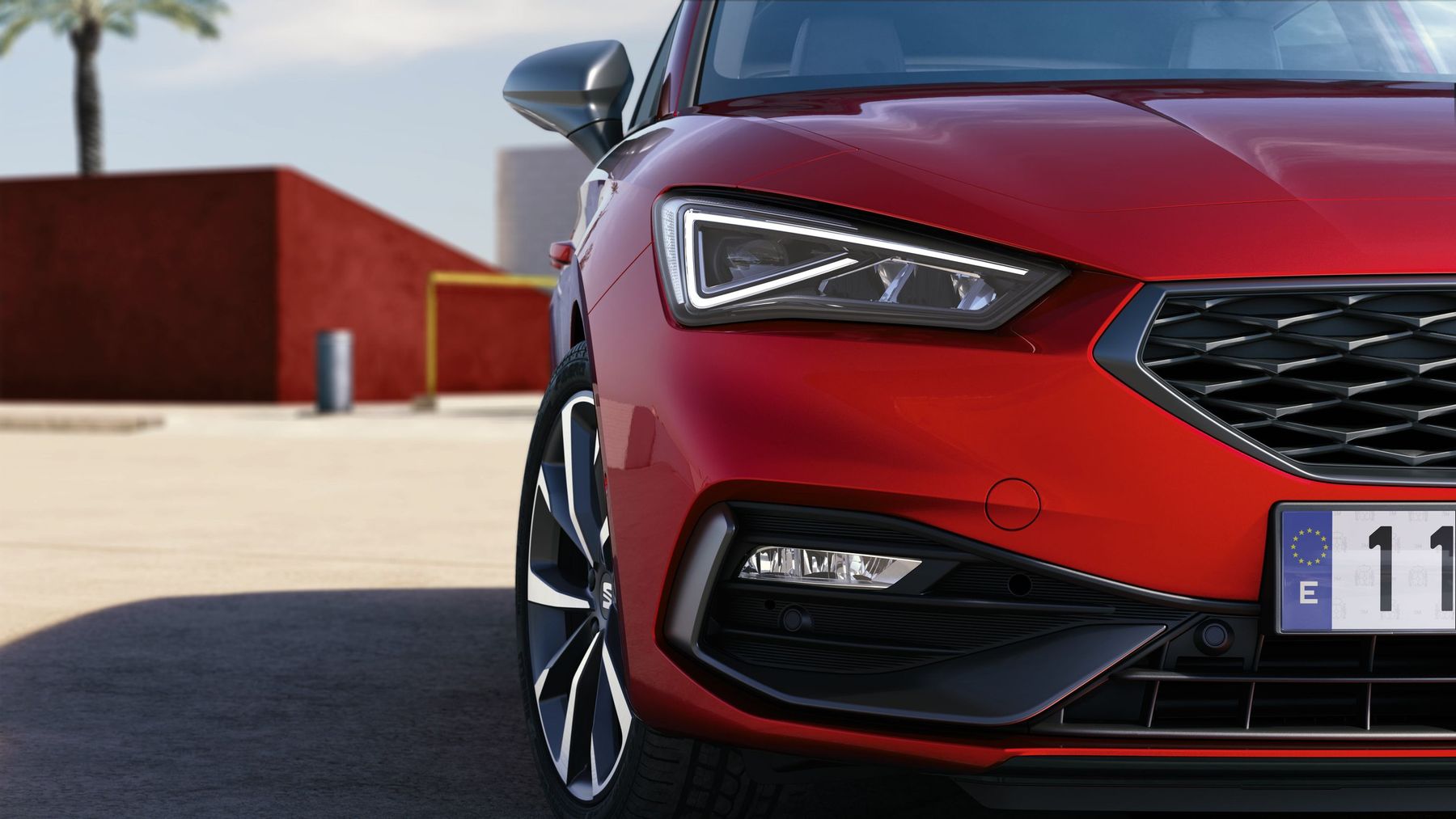
Bold, eye-catching, stylish
The SEAT Leon is a five-seater C-class vehicle produced by the Spanish automobile maker, SEAT, since 1998 as a hatchback or an estate. Currently, the Israeli market offers the fourth generation of this vehicle in two trim levels, equipped with a 1.5 liter engine (as of 2021).
The first generation
It was produced from 1998 to 2006. The first SEAT Leon hatchback was a five-door version of the second generation SEAT Toledo sedan. The car was built on the fourth generation Volkswagen Golf platform, since the Spanish company has been owned by Volkswagen AG since 1990. But the SEAT model was sportier. The original car version was produced until the spring of 2005, after which it gave way to a new generation. Note that the Spanish and Belgian factories produced 514 thousand cars.
The first generation Leon had a wide range of petrol or diesel power trains. The petrol engines were1.4-1.8 liter in-line 4-cylinder multipoint injection units with a capacity of 75-125 hp and 126-170 Nm of rotational potential. The diesel engines were represented by atmospheric and turbocharged 1.9 liter 4-cylinder engines (68-150 hp and 133-320 Nm of torque).
The car could be equipped with 5- or 6-speed manual or 4-speed automatic transmissions, transferring power to the front wheels. The most powerful diesel engine was available in combination with all-wheel drive: a multi-plate clutch connected the rear axle. The car was equipped with the MacPherson Strut independent suspension at the front. The design of the rear part depended on the modification: it could be semi-independent with an elastic beam, or an independent multi-link suspension (only for the ‘top’ versions). The car had disc brakes at all four wheels (the front wheels were ventilated), equipped with ABS.
The first generation Leon can boast of such positive qualities as high reliability, excellent steering response, original appearance, excellent road stability, efficient engines, and a fairly roomy passenger compartment.
The first generation Leon can boast of such positive qualities as high reliability, excellent steering response, original appearance, excellent road stability, efficient engines, and a fairly roomy passenger compartment. However, the car had poor soundproofing, stiff suspension and poor headlights. The powerful versions of the hatchback, called Cupra and Cupra R, were equipped with turbocharged 1.8-liter petrol engines in several boost options: 179, 209 or 224 hp. Plus, there was also the SEAT Leon Cupra 4 equipped with a VR6 engine (2.8 liters and 204 hp) and all-wheel drive.
The second generation
It was produced from 2005 to 2012, while its restyling took place in 2009. The second generation Leon was still built on the Volkswagen Golf platform. But its designer, Walter da Silva, made the car look eye-catching and expressive. This model was distinguished by the windscreen wipers located along the windscreen pillars and secret rear door handles, ‘hidden’ in a small triangular glass on the rear standing pillar. The connection to the best-selling Volkswagen Golf could be seen in the interior elements which were installed in this Spanish model for the sake of economy.
The basic trim levels included: six airbags, ABS, MP3-radio, air conditioning, fog lights, heated front seats, on-board computer, as well as a full power pack. A more superior trim level includes climate control, cruise control, as well as special alloy wheels.
The wide range of power trains included 1.4, 1.6 and 2.0 liter atmospheric engines, as well as turbocharged 1.2, 1.4, 1.8 and 2.0 liter engines. Their power ranged from 86 to 185 hp. The turbocharged 1.9 TDI and 2.0 TDI diesel engines provided from 105 to 170 hp.
The second generation Leon looked eye-catching and expressive. It was distinguished by the windscreen wipers located along the windscreen pillars and secret rear door handles.
The choice of transmissions also became wider. For example, the Leon FR, a ‘charged’ version with a two-liter engine with 211 hp, was equipped with a DSG dual clutch gearbox. The Leon FR sports version was equipped with a 197 hp petrol engine or a 168 liter diesel engine, had a double exhaust pipe, sports seats and a gear lever with the FR logo. A more superior Cupra version was equipped with a 237 hp TFSI engine that could accelerate to 100 km/h in 6.4 seconds. It featured 18-inch alloy wheels, red brake calipers, an oval-muffled exhaust system, and aluminum pedals. The suspension was also sportsmanlike stiff. In 2009, the model underwent a barely noticeable restyling. In total, about 700 thousand cars were produced.
The third generation
It was produced from 2012 to 2020, while its restyling took place in 2017. The third Leon acquired two more bodies and was produced as a 3-door SC hatchback with a 35 mm shortened wheelbase, a 5-door hatchback or an ST estate. The car embodied a stylish design, modern technology and driving character.
Regardless of the number of doors, the third generation ‘Lion’ looked attractive, sporty and serious, boasting of an aggressive ‘face’ with an imperious look of lighting technology, a compact trapezoid of the radiator grille and a ‘figured’ bumper, a dynamic silhouette with a complex profile of sidewalls and correct strokes of the wheel arches, lean stern with stylish blade-like tail-lights and a massive bumper.
The interior looked discreet and pretty: a three-spoke multi-steering wheel, an exemplary dashboard with two dials and a color display of the on-board computer, a modest center console with an 8-inch touchscreen of the media system and a user-friendly microclimate control unit. Inside, the car could boast of impeccable ergonomics and high-quality finishing materials. The passenger compartment was five-seater, all the seats were comfortable and spacious. The trunk volume was 380 liters, and it could reach 1,210 liters with the rear seat folded down. The underfloor niche contained a space-saving tyre (spare wheel of reduced diameter) and a minimal tool kit.
SEAT created the widest range of power trains for its ‘Lion’. The petrol versions were represented by the turbocharged 1.0-2.0 liter TSI three- and four-cylinder direct injection engines with the variable valve timing, providing 86-190 hp and 160-320 Nm of torque. The diesel versions were represented by the turbocharged 1.6-2.0 liter four-cylinder TDI engines, developing 90-184 hp and 230-380 Nm of torque. As an alternative, the car could be equipped with TGI 1.4-1.5 liter turbo engines, running on both petrol and natural gas (110-130 hp and 200 Nm). The engines were combined with 5- or 6-speed manual transmissions or a 7-speed semi-automatic transmission with two clutches. It was a front-wheel drive version. The car had the MacPherson strut suspension at the front and a torsion beam at the rear, whereas the powerful versions had a multi-link suspension at the rear.
The third Leon embodied a stylish design, modern technology and driving character.
Regardless of the version, the car is equipped with a rack and pinion steering mechanism with an electro-hydraulic power steering, disc brakes (ventilated at the front). The car was equipped with 4 airbags, air conditioning, ABS, EBD, BAS, ESP, an audio system with six speakers, etc. In October 2016, the car underwent restyling, which upgraded the exterior and interior. Some modifications acquired a new 115-hp turbodiesel engine.
The fourth generation
It has been produced from 2020 to the present (as of 2021). Manufacturers call the new SEAT Leon ‘almost an independent product’, and the car has really changed. Its exterior is beautiful, sporty, modern and emotional. At the same time, it is a typical compact hatchback, which is 4,368 mm long, 1,456 mm high, 1,800 mm wide, and has a wheelbase of 2,686 mm.
The car has an attractive and laconic interior, the sporty character of which is lightly emphasized by a three-spoke multi-steering wheel, slightly cut at the bottom, and a center console turned towards the driver, with an 8 or 10-inch touchscreen of the infotainment system. The interior is five-seater and spacious. The trunk of the compact hatchback is 380 liters. The back of the backseat is folded in two asymmetric parts in the 60:40 ratio, almost tripling the capacity of the ‘cargo hold’. The new Leon has a large number of options: front and side airbags, full LED optics, dual-zone climate control, virtual dashboard, adaptive cruise control, blind spot monitoring, premium audio and much more. The 2020/2021 SEAT Leon is produced for those who care about how their car looks and how it performs.
The 2020 SEAT Leon has a wide range of power trains: from a 1.0 liter TSI turbocharged petrol direct injection engine (90 or 110 hp) with the variable valve timing, to two-liter power trains: a TSI turbocharged petrol direct injection engine with the 16-valve timing (190 hp and 320 Nm of torque) or a TDI Common Rail turbodiesel engine (115 hp and 250 Nm or 150 hp and 360 Nm). There is also a 1.5-liter turbocharged TSI four-cylinder direct injection engine (130 hp and 200 Nm of torque or 150 hp and 250 Nm). An alternative option is the eHybrid with the possibility of recharging from an outlet, equipped with a 1.4-liter TSI turbocharged four-cylinder engine, a 6-speed semi-automatic transmission with a built-in electric motor and a traction battery with a capacity of 13 kW*h, producing a total of 204 liters.
The 2020/2021 SEAT Leon is produced for those who care about how their car looks and how it performs.
‘Traditional’ engines are combined with a 6-speed manual transmission or a 7-speed dual clutch DSG and front-wheel drive. Moreover, 110 and 150 hp versions can be supplemented with a ‘soft hybrid’ system with a 48-volt starter-generator and a compact lithium-ion battery, whereas the 150 hp turbocharged diesel engine can be complemented by an all-wheel drive 4Drive transmission with a multi-plate clutch that connects the wheels of the rear axle.
This generation is built on the modular MQB Evo platform, the power structure of which is composed of high-strength steel. Independent suspensions are installed on both axles of the car: the MacPherson strut suspension at the front, and the multi-link suspension at the rear. As an option, the Spanish model can be equipped with the DCC adaptive electronic chassis. The car has a rack and pinion steering mechanism and an active electromechanical amplifier. All wheels are equipped with disc brakes (ventilated on the front axle), with ABS, EBD and BAS.


